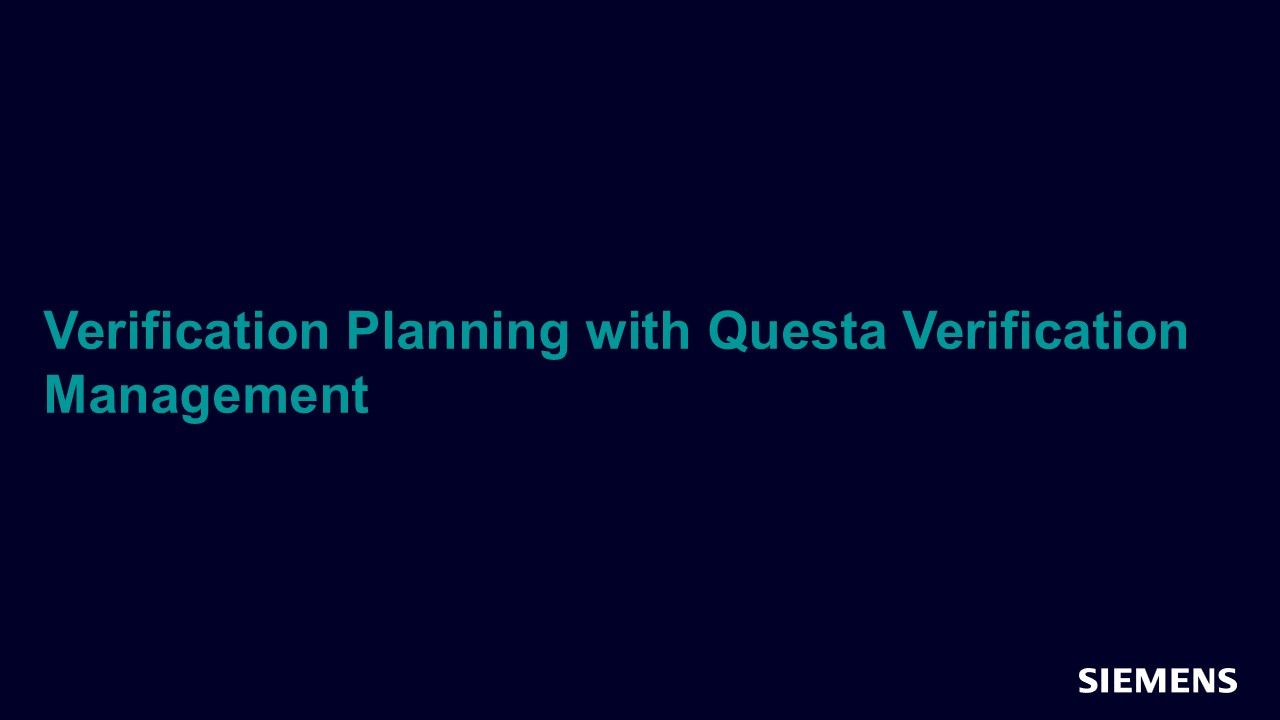Verification Planning with Questa Verification Management
Verification of complex SoC (System on Chip) requires tracking of all low-level data (i.e. regression results, functional and code coverage). Usually, verification engineers do this type of tracking manually or using some automation through scripting. Manual efforts in order to get above information while verifying complex SoC may lead us towards the delay in project execution.

Full-access members only
Register your account to view Verification Planning with Questa Verification Management
Full-access members gain access to our free tools and training, including our full library of articles, recorded sessions, seminars, papers, learning tracks, in-depth verification cookbooks, and more.